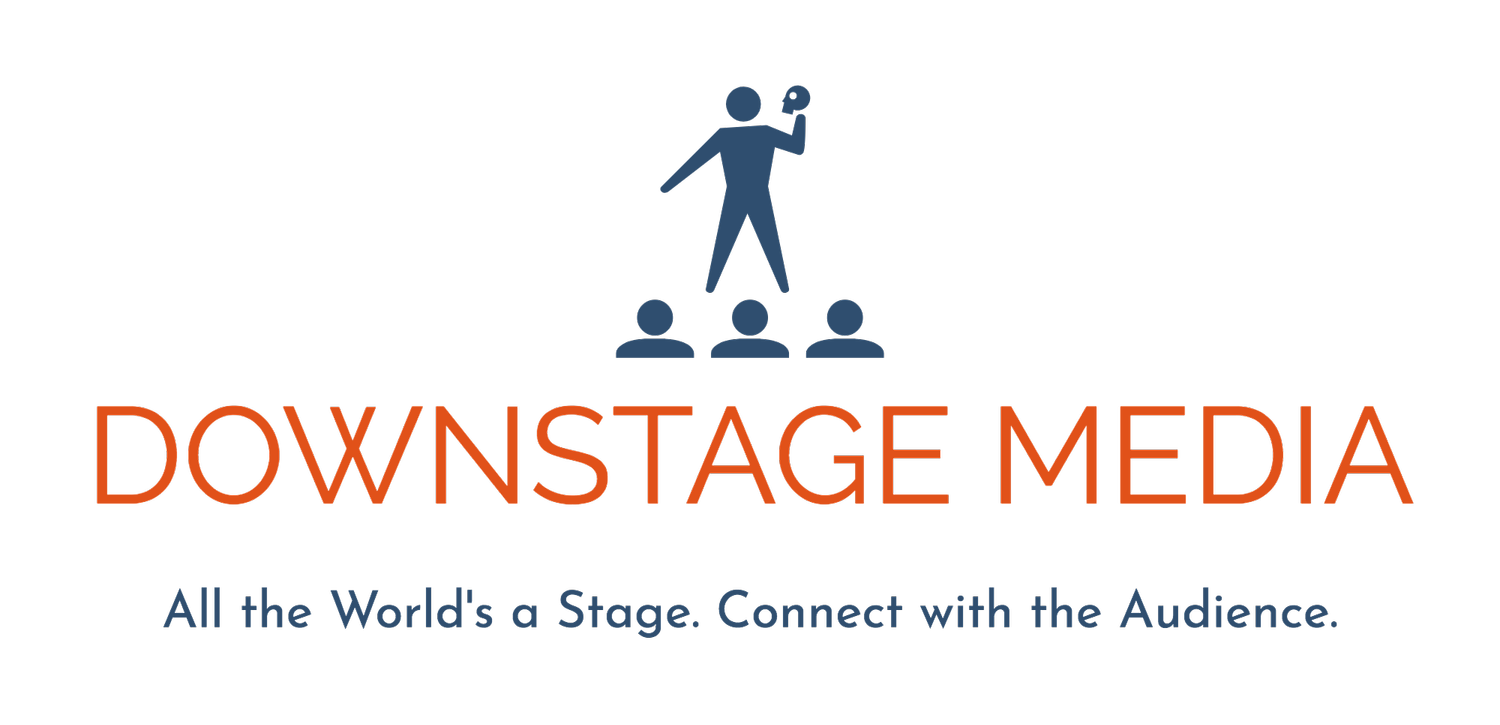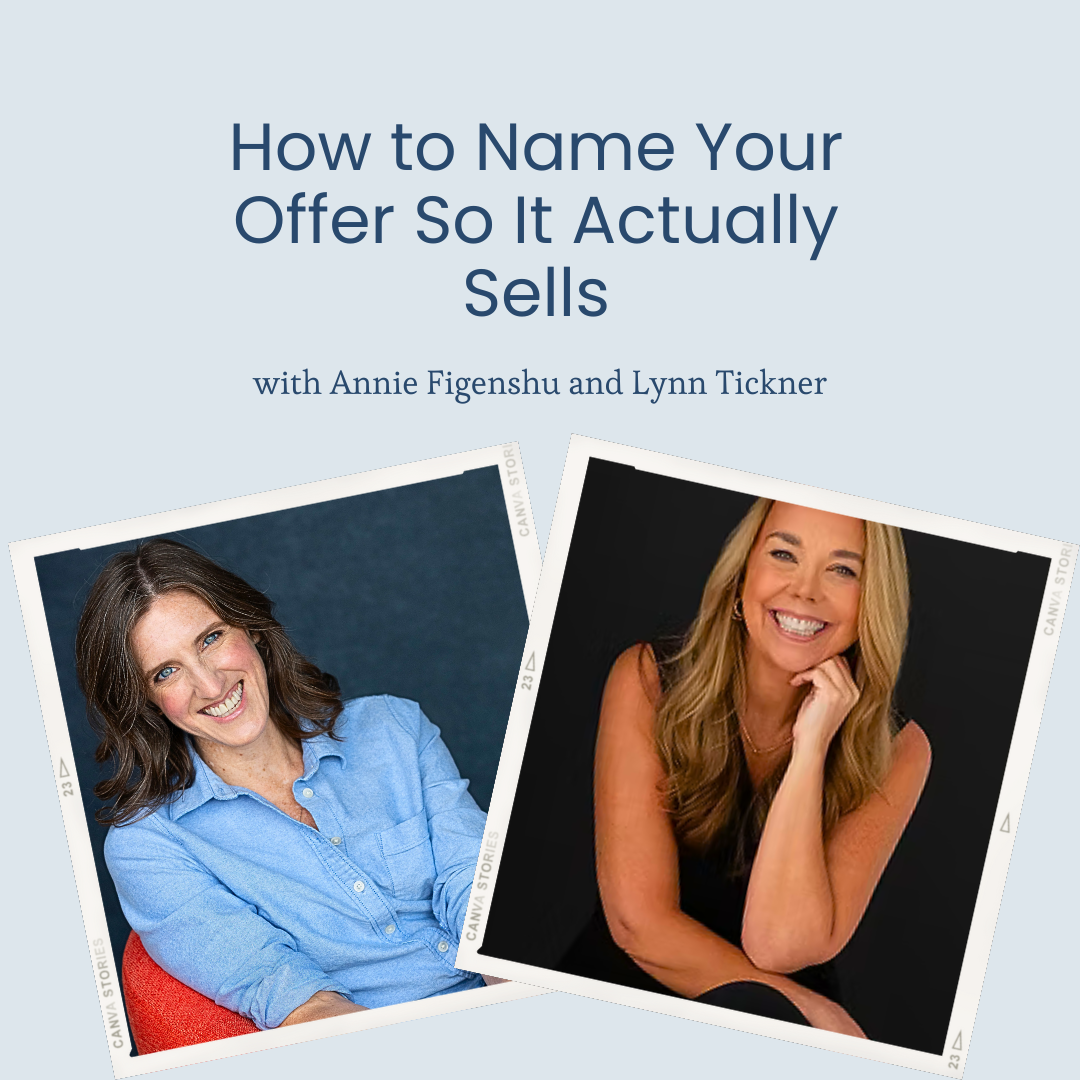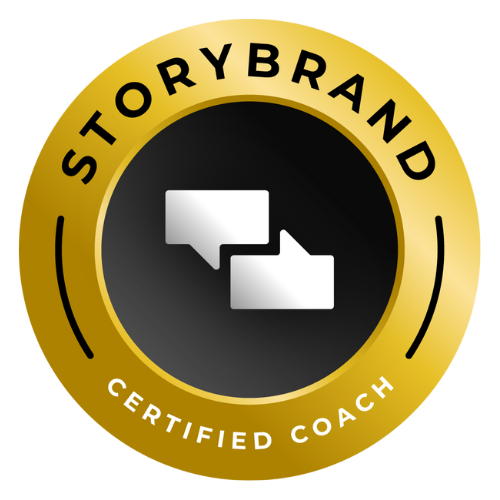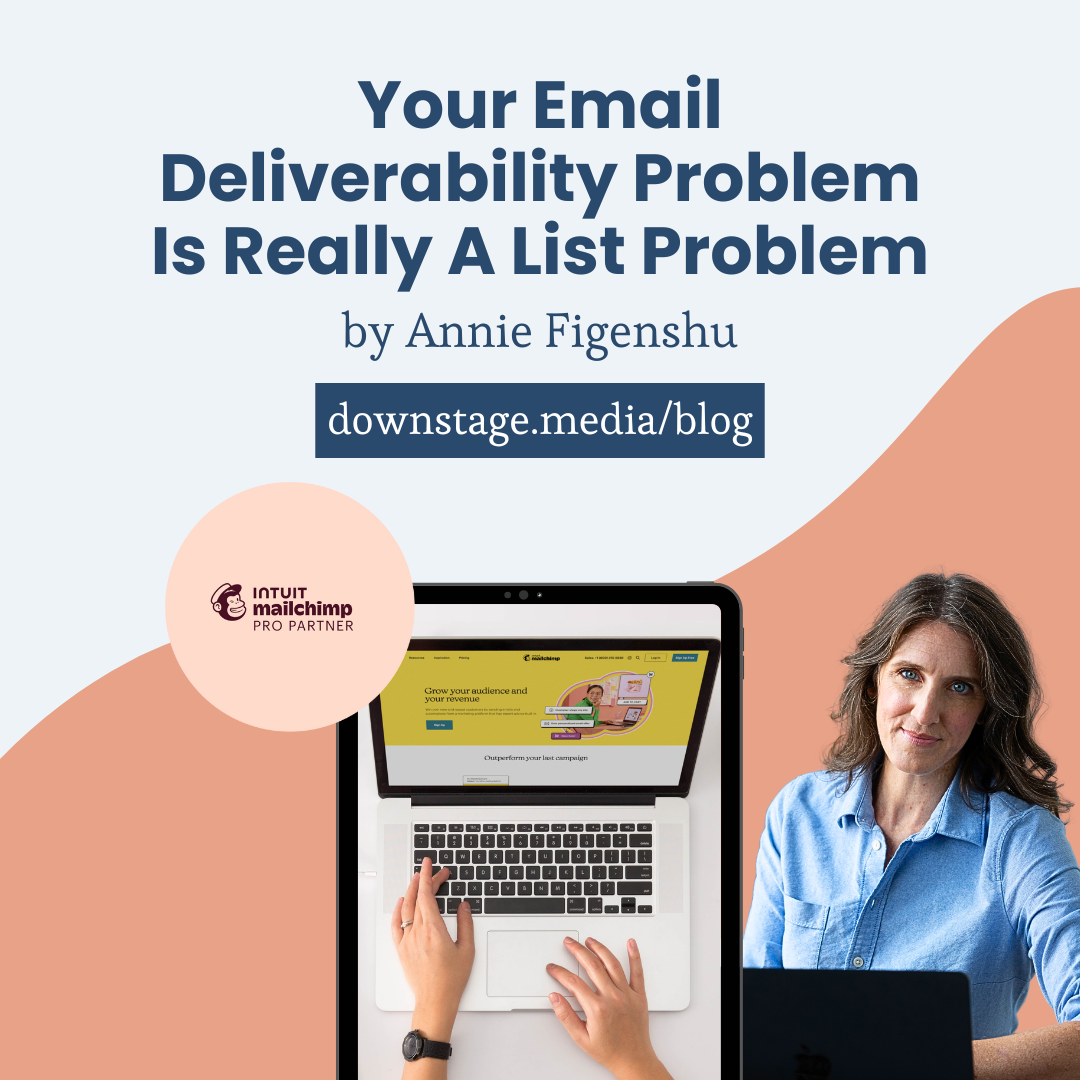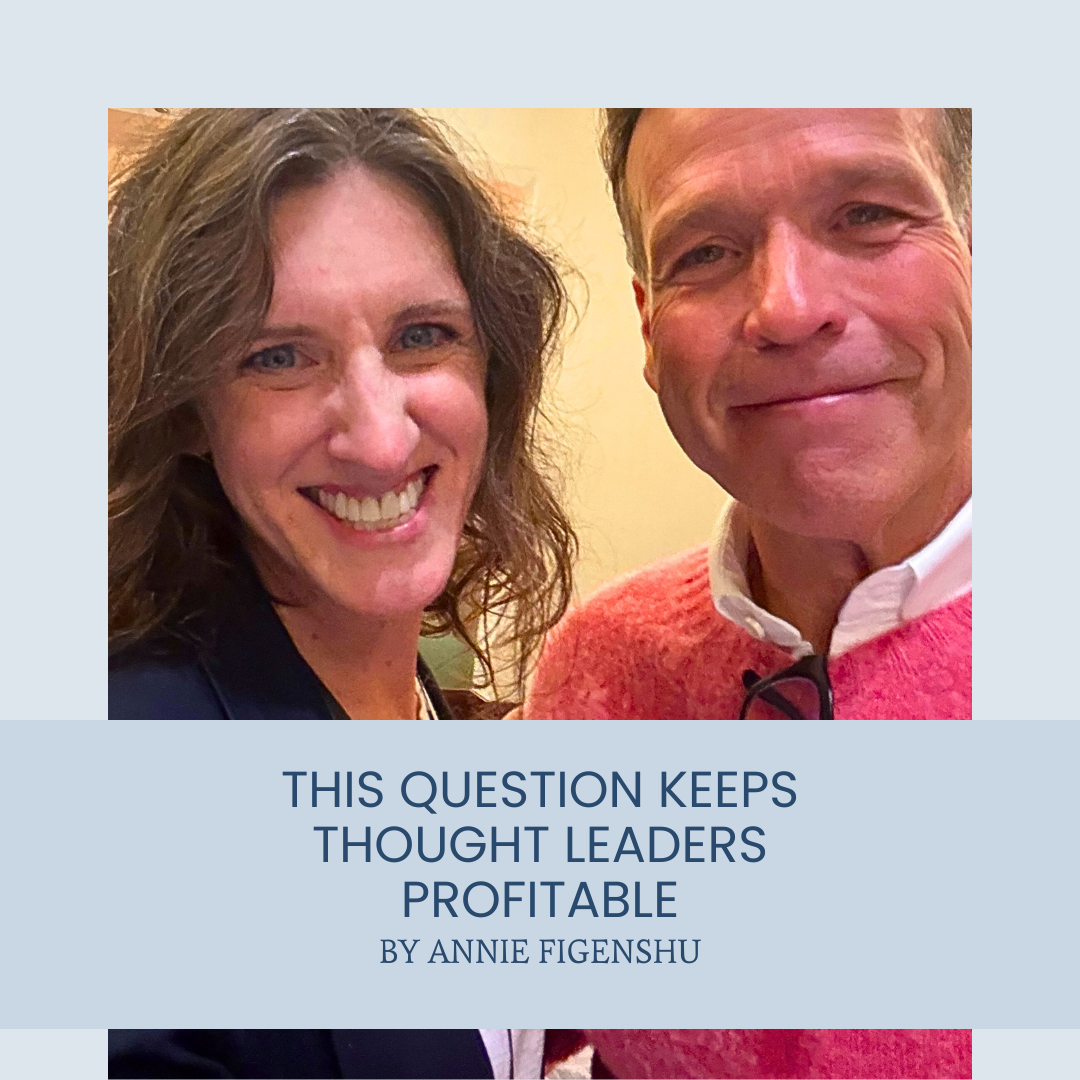What 3 marketing steps will save time but still grow my audience?
So many people come to me looking to marketing their products and they are busy. And they are stressed. They want to know what’s going to help their business grow, but not take up a lot of time and a lot of money. In this next post of the series, you’ll learn why a clear message on your website, a lead generator, and an email sales sequence will do just that for you.
I’m going to tell you right now, none of this is sexy. It’s behind-the-scenes and some even think it’s tedious. But in order to have a growing business, it’s vital. In the last post, you learned what needs to be established when you are starting on a new project or product: a BrandScript, a one-liner, and a Brand Playbook. Now, we’ll talk about the first marketing assets to actually build so that you have control over the message that reaches people who raise their hand and have said that they’re interested in the work that you do. Oh, and save you time in the process.
Stage 2 of the 3-Stage Marketing Strategy
[Read about Stage 1: BrandScripts, One-Liners, and Brand Playbooks]
Step 4: Website
Step 5: Lead Generator
Step 6: Email Sales Sequence
Step 4: Website
Create a website landing page that clearly invites customers into a story in which your product or service solves their problem
Your website is one of the first places that someone seeks out when they want to find out more about your brand. Lucky for you, it’s the place where you have the most control over.
You can use your BrandScript to create a homepage and sales pages that show your audience what you offer, how it makes their lives better, and how they can get it.
This is most powerful for brands that are tight on time because when your message is easy to understand your potential customers can get the information they need without turning to you. You don’t have to answer emails, pick up phone calls, or get in Zoom meetings answering basic questions about your company.
There are many different web platforms out there. But at Downstage Media, Squarespace is our favorite. I have been using Squarespace for over a decade. It’s always made sense to me, has always been able to do what I or my clients have needed, and I’m a big fan of the Squarespace Circle community that has built up around it. I’m also a firm believer in going deep in a few platforms versus going wide in many. Nowadays, though, Jennifer Barden at Jen-X Web Design is the first person we call when a client needs a Squarespace site.
That being said, I know a lot of wonderful web designers who make clear and beautiful websites. I will call on them for projects. I just find that Squarespace is my favorite for its easy-of-use, design-forward aesthetic, and functionality.
Wherever you turn to build or maintain your website, you want to make sure that the home page is equipped to clearly lay out what problems you solve for your customers, how you will make their lives better and how they can get it. The clearer your website is, the more time you will save your potential customers and your team.
Step 5: Lead Generator
Create lead generators that offer free value in exchange for email addresses
Sometimes called lead magnets, lead generators are a way to build up your email list. You give away something helpful, entertaining, or insightful while your prospects give you their email addresses.
The longer I am involved in marketing (and I’m going on over ten years now) the more valuable email addresses become. Social media platforms come and go, algorithms change, and trends fluctuate. But since the late 90s, email has still been vital.
I say this because recent data has shown that if you send out an Instagram post, it is going to hit about 9% of your followers’ feeds. If you send out an email, it is going to hit about 85% of your subscribers’ inboxes. That’s a big difference in getting your message in front of people who have already taken action to keep up with you.
Gaining email addresses is vital. Creating a way to get people to become subscribers involves a little work on your front.
You will have to:
Create a lead generator of some sort (sure, you can do a regular old downloadable PDF, but what about a podcast mini-series, video series, or curated playlist?)
Connect it to your website
Connect it to your email platform so that when someone fills out the form on your site they get an email with the lead magnet right away
Lead generators don’t have to be lengthy ebooks or hour-long webinars. The idea is that a lead generator gives your reader a quick win. A small problem that you can easily solve for them. Don’t know what to pack for a Disney cruise? Here’s a checklist. Want to know how to craft the perfect email signature? Watch this five minute video. It doesn’t have to be meaty, it just has to be valuable to your audience.
By setting up a lead generator on your website, your audience grows while you are doing other things. But, keep reading, because once you have their email addresses, you’re going to need to, well, email them.
Step 6: Email Sales Sequence
Challenge customers to place orders by adding direct sales emails or even sales-specific email campaigns
The idea with any email sequence is you set it up and then it does the work for you. It’s kind of like the crock pot of email marketing. There can be many different kinds of email sequences. Here are two.
12 gift ideas leading up to Black Friday which one idea going out each day
3-email onboarding sequence for new customers showing them how to use their new products that goes out weekly
If you want to usher your subscribers to a sale, though, you will want to create a sales sequence. This sequence is made up of a few emails that go out strategically, so the subscribers who just got your freebie can dive deeper into how you solve their problems.
I like to set one of these up with about 5-7 emails going out over the span of two or three weeks. Bonus? The content for these emails can be taken directly fro your BrandScript. They are actually a time to expand a bit on some of those soundbites that made it to the script. Many turns of phrase that wound up on the cutting room floor make their way into these emails since we’re filling in the blanks a bit more. Your audience is digesting all of this information over the course of these emails and it’s all happening in the background while you are off living your life.
Stage 2 is all about Saving Time
Clearly there is a pattern here. And it’s one that all busy brand builders need. If you feel like your time is at a premium, it’s imperative that you build off of your time and money investment in Stage 1 and use your BrandScript to refine your website, and craft your email sales sequence. The lead generator usually isn’t based off of the BrandScript, but does address a problem that’s easy to diagnose, and simple to solve. All in all, by having a clear website with a valuable freebie, and an email sales sequence to follow up, you can grow your business while you’re out growing your business.
To see where your business, product, or brand stacks up in terms of the 9 step plan, take the StoryBrand Marketing Assessment.
